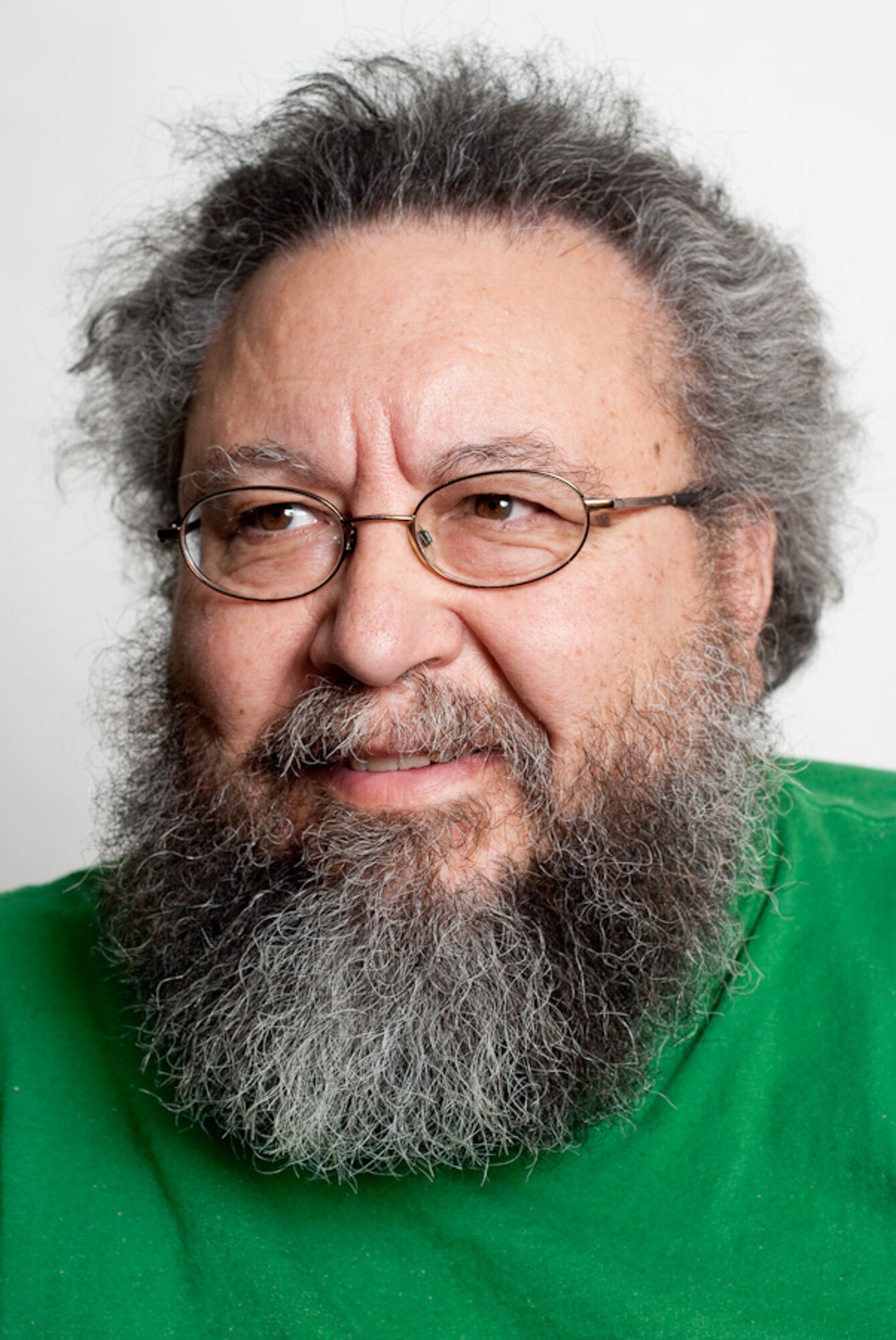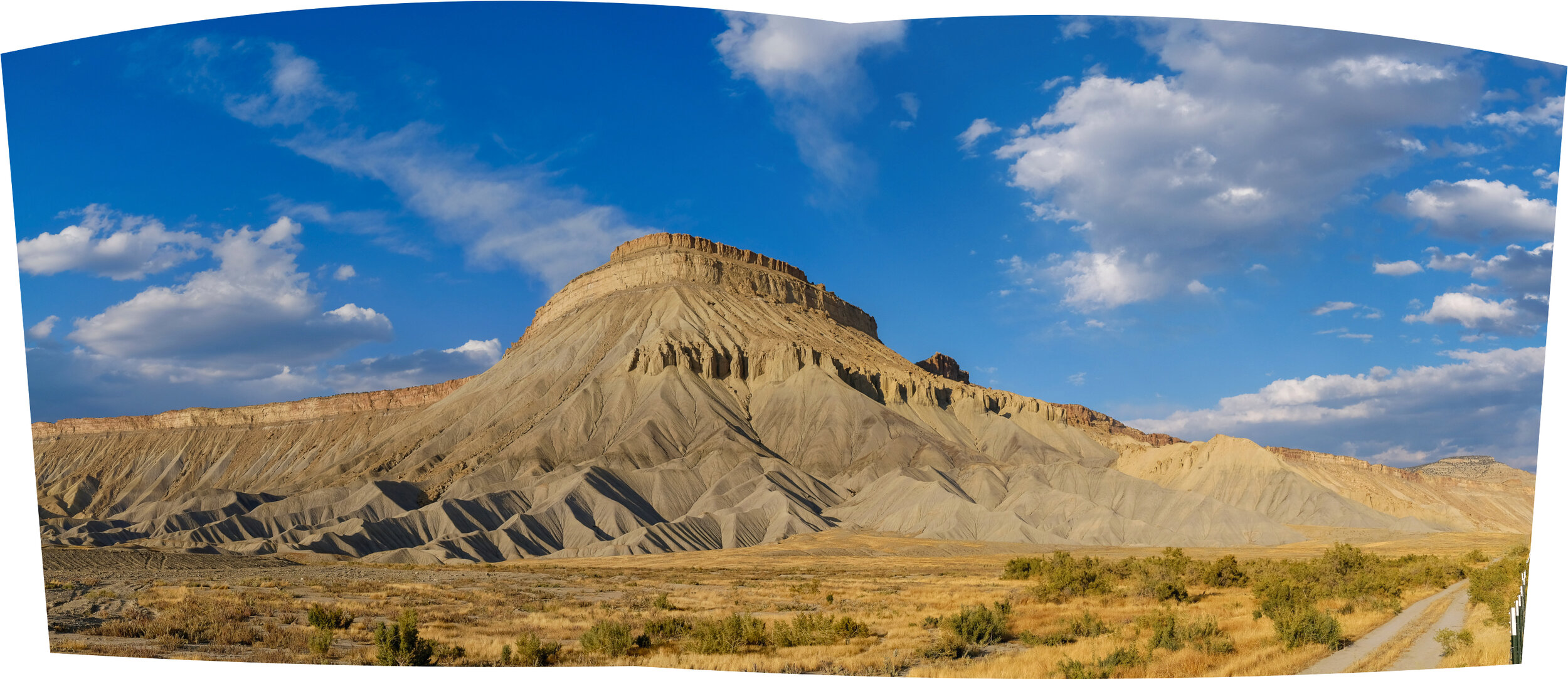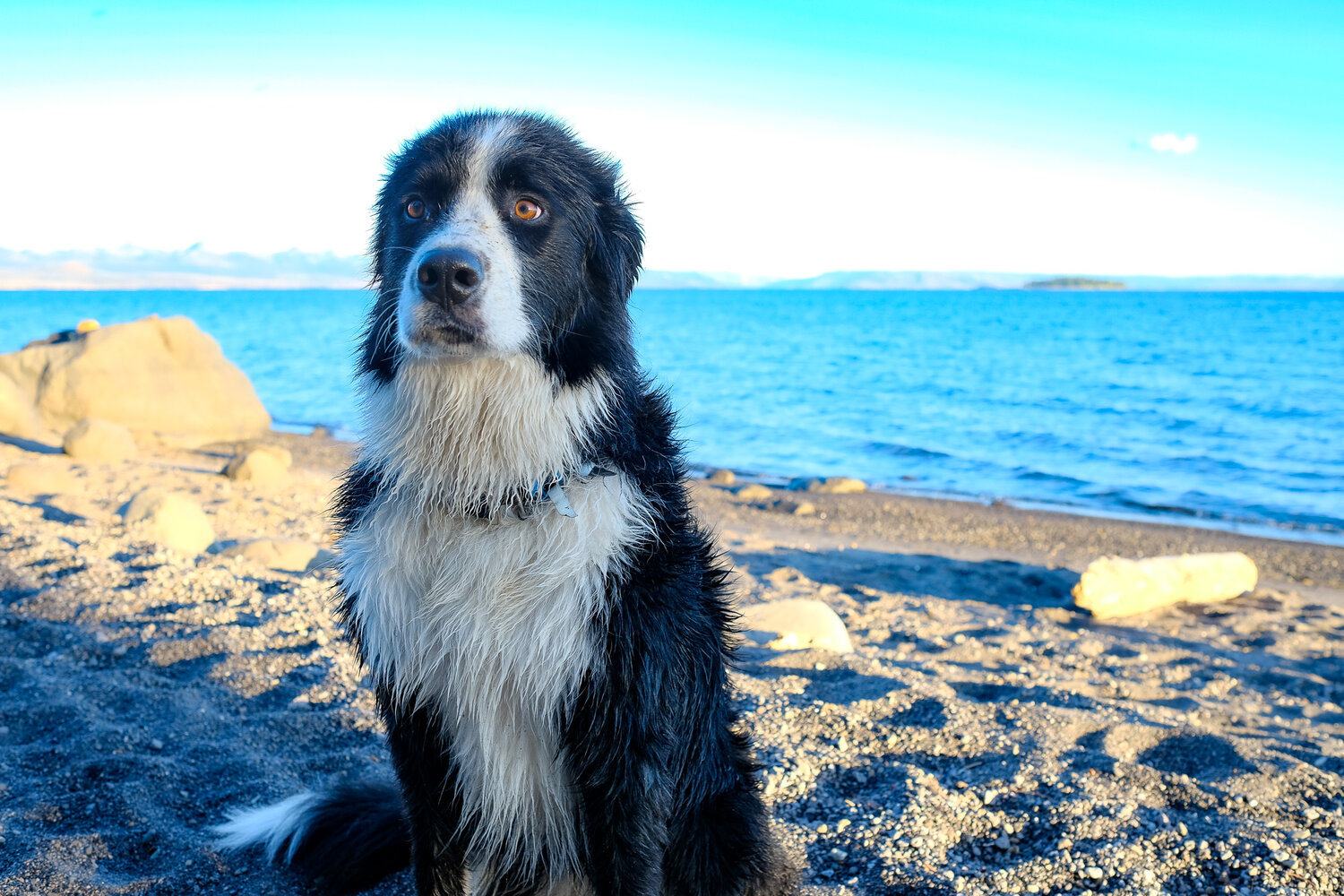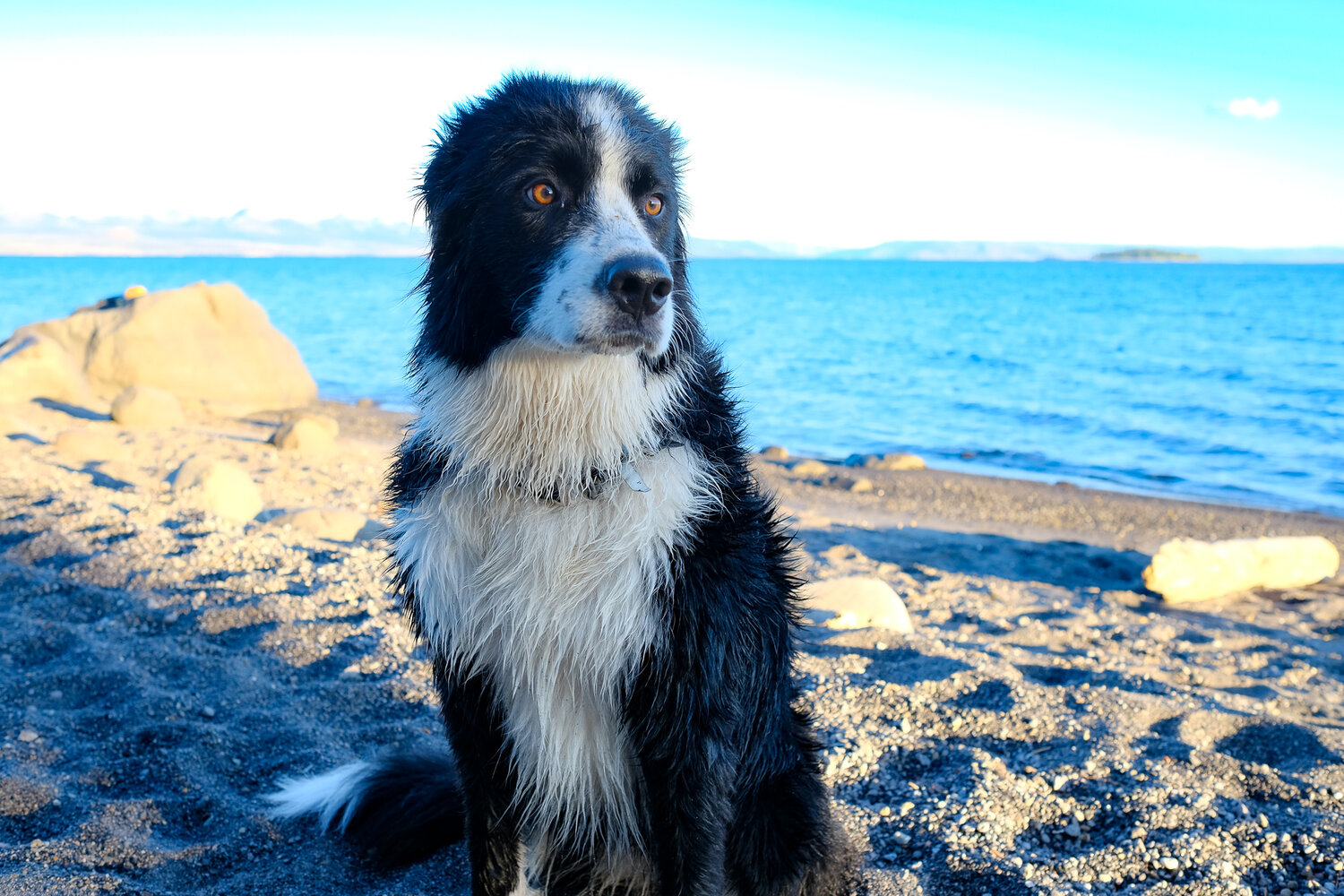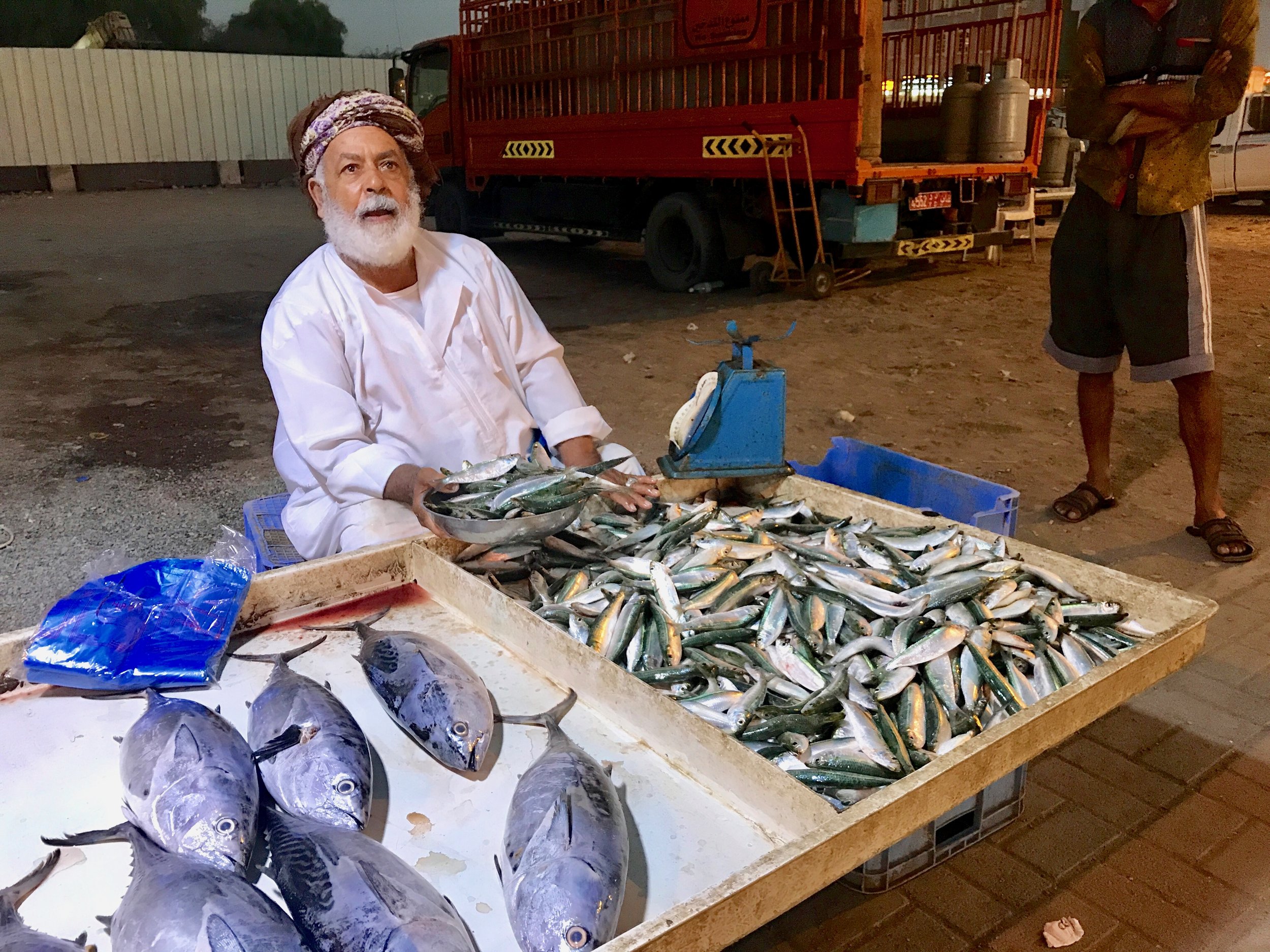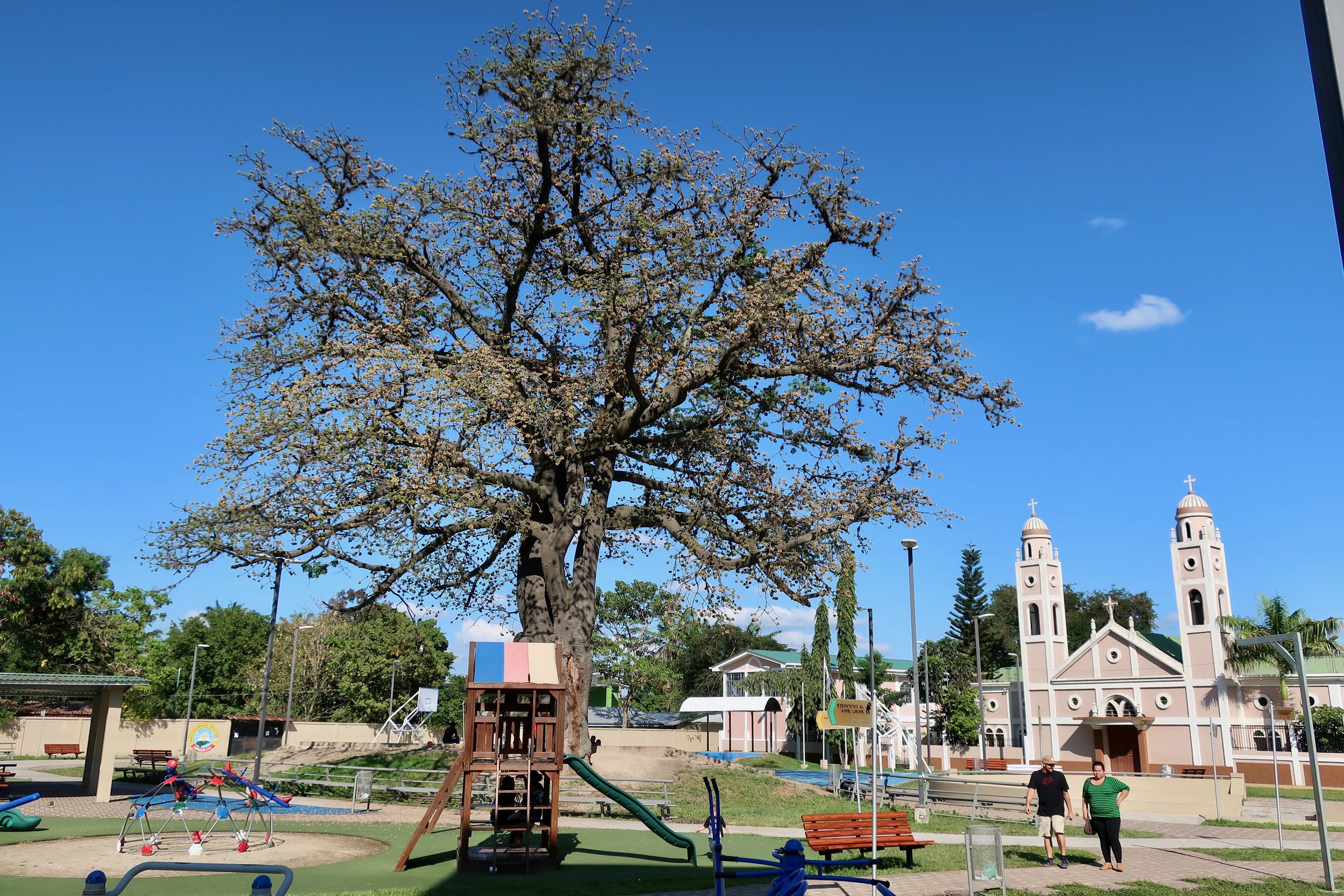Re-Play: The Rebel Yell
I’ve been in Armenia teaching a podcasting workshop sponsored by the U.S. State Department. I think it went well, overall, and the students were exceptional. Perhaps I will write about it someday, but not now.
I’ve come back to impeachment week before Christmas, a double whammy to go with my jet lag. So I’m going to re-play The Rebel Yell, a story about the 2004 Republican Convention in New York City, first podcast on this program in April of 2015.
Music by the Icelandic group Mum (We Have a Map of the Piano, The Land Between Solar Systems, Slow Bicycle) and Kid Rock (All Summer Long).
Encountering the Other, Part Three
My operating hypothesis is that our cultural divide is a function of our oligarchic government. If a relatively few super-rich people control our wealth and power then it would be in their interest to keep the masses angry and blaming each other, fighting amongst themselves. In this way Donald Trump is a tool of the oligarchy, dividing us by twitters—so efficient and profitable and addicting—he incites fear of the other.
So, if this is true, the most effective method of fighting oligarchic control might be to give up our fear of the other. I’ve been trying to practice this method by driving around Trump Country and talking to people, listening to people, because I find that listening dissolves fear.
Encountering the Other, Part Two
I was driving around rural western Colorado, near the border with Utah, near where Jack Kerouac saw a vision of God in the clouds that looked like Pooh Bear. I was looking for people I was a little afraid of—Republicans, Trump supporters—and there on the side of the highway were three signs that made me think I was in the right place.
Music: Main Theme, Soundtrack for To Kill A Mockingbird by Elmer Bernstein
Encountering the Other
It’s not easy for me to walk up to people and ask if they want to be interviewed for my podcast. I’m afraid they will think I’m a fool, or an idiot, or be suspicious of the whole thing—fake news, etc. But on this trip, more often than not, it was other people who came up to me. Pretty much everybody wanted to talk about the cultural divide.
Fund Drive
Yellowstone Lake, August 2019
This show is a request for funding, a responsibility for which I am ill-suited.
I’m not interested in marketing and promotion. I’m opposed to advertising. I’m against monetizing my product. I don’t want my stories to go viral, I want them to go fungal like the underground network of mycorrhizal fibers that connect the roots of trees and plants in a forest, sharing food and information, a natural internet of physical connections on a cellular level. I’d rather think of my audience as trees than as data points on a graph, I’d rather grow my audience by word of mouth than by click bait.
Home of the Brave is 100% funded by listener contributions. Please donate a one-time contribution through Stripe (below), or subscribe with a monthly donation through Pay Pal (in the menu bar above), or maybe you’d like to shop for a very cool Home of the Brave t-shirt or patch (in the the menu bar).
Thank you very much for listening and supporting this show.
Music by Bob Moss and Pat King, recorded in 1991.
The Life and Times of Solidod
Solidod in Bozeman, Montana, 2012. Photo by Jake Warga.
Larry met Solidod by chance, or happenstance. He happened to be in Florida on vacation and he happened to be walking through an apartment complex in Vero Beach looking for another guy and he ended up meeting Solidod. She invited him into her apartment and then she told him her life story and they became friends. Shortly after that, Larry and Solidod went into a recording studio and made this story for Hearing Voices.
Solidod in the recording studio, Bozeman, Montana, 2012. Photo by Jake Warga.
The cover of Solidod’s e-book, available here.
Solidod and her husband, by Solidod.
My Indian, by Solidod.
Solidod’s wedding belt. Solidod makes beaded belts and bracelets. She asked me to post her phone number so you can call and order a special design: 772-538-9701.
The Strait of Hormuz
I wanted to see the place where a war between the United States and Iran may begin. It turned out people over there couldn’t talk to me on tape because they live in countries without a tradition of free speech and they all feel they are being watched, and I didn’t want to get anybody in trouble. So this is a travelogue, a story about what it’s like to be there.
The psychedelic Persian Gulf surf music is by Hayvanlar Alemi (he’s actually from Turkey). Here’s the link to his website.
Abu Dabi
Workers taking a break in Khasab, Oman.
On the boat heading out to the Strait of Hormuz.
Near Kumzar, Oman, in the Strait of Hormuz.
Fujairah, UAE.
Tuna and Sardines, Muscat, Oman.
Muscat, Oman
The call-in-for-spiritual-advice show. She has a white pen in her hand.
In the dunes near Dubai, UAE.
Alan Chin--Photographer
Baghdad, Iraq
May 7, 2005
A suicide car bomb in Baghdad's downtown Tahrir Square killed at least 5 and wounded at least 31.
PHOTOGRAPH by ALAN CHIN
I worked with photographer Alan Chin covering the beginning of the war in Afghanistan in November of 2001, but then I didn’t see him again until recently, at his apartment in New York City. I wanted to know what he’d learned from being a war correspondent.
Here are a some links to look at more of his work:
www.instagram.com/alanschin/
@alanschin on Twitter
www.muckrack.com/alan-chin
New York, New York
September 11, 2001
Attacks on World Trade Center
Photograph by ALAN CHIN
New York, New York
September 11, 2001
Attacks on World Trade Center
Photograph by ALAN CHIN
Balkh, Afghanistan
December 3, 2001
Northern Alliance soldiers wait in a snowstorm while their commanders negotiate the surrender of a group of Taliban still holding out in Balkh, Afghanistan.
PHOTOGRAPH by ALAN CHIN
Seberghan, Afghanistan
December 2001
Thousands of Taliban soldiers were transported to a prison in Seberghan controlled by Northern Alliance general Abdul-Rashid Dostum.
At least a thousand of those prisoners died en route to prison, either suffocated in overcrowded trucks or helplessly massacred by vengeful Northern Alliance soldiers.
PHOTOGRAPH by ALAN CHIN
BAGHDAD, IRAQ
June 13, 2005
A car bomb, a white Mercedes, exploded next to a primary school in the Yarmouk neighborhood, targeting US vehicles that were carrying an embassy official. 2 US soldiers and 8 Iraqi civilians were wounded. 2 Iraqi police and an Iraqi 12-year old girl, ATHRA ZUGHAYR, were killed. She was the daughter of the school guard; the family lives on site; here her sister (with child) learns the bad news.
PHOTOGRAPH by ALAN CHIN
Baghdad, Iraq
April 18, 2003
Iraqis ride a head of Saddam Hussein being dragged by a truck. They are also beating it with shoes, which is considered to be the most insulting gesture in Iraqi society.
Photograph by Alan Chin
BAGHDAD, IRAQ
May 5, 2005
Remains of suicide bomber who killed 15 people in front of Iraqi Army base, of potential recruits awaiting entry.
PHOTOGRAPH by ALAN CHIN
Let's Talk About Not Going To War
For the solstice, the sun tunnels in the West Desert of Utah.
Stories about going to war come from the top down, from media corporations that manufacture consent for war among the people. Stories about not going to war move from the bottom up, starting in conversations between family and friends, people speaking out for no money but just because they feel obligated to speak. In this approach there’s a shift in context where fear is taken out of the narrative—we are not being attacked, maybe these people are not our enemy. Maybe the real enemy is our government and our media that are being controlled by the military industrial complex. I believe bottom up stories can break apart the power structure coming down from above, so this is one of them.
Scott Carrier and William J. Astore on the house raft in Woods Hole Harbor.
Dreamers by Joe Frank
photo by Michal Story
Trump’s threats to go to war with Iran made me feel powerless and lonely because I’m afraid there’s nothing to stop it. I tried to produce an anti-war story, but then realized this one by Joe is much better.
Link to Joe’s website
Link to the original broadcast on Unfictional
photo by Michal Story
Getting Into Cars With Strangers
Biloxi, Mississippi
This is maybe what you’d call a pilot episode for a series that would be separate from Home of the Brave. I don’t have a title for it yet, but it would involve traveling around the world by taxi, or ride share, or just hiring drivers who can function as guides and translators. I think this is the best way to travel, but it’s expensive, so the series would need a big sponsor. Western Sound, a new podcast company in Los Angeles, sponsored this test run of the idea.
Here are some links to the music used in this story:
Ray Charles, Sweet Sixteen Bars from the album The Best of Ray Charles, Atlantic SD 1543
Greg Allen Jones, Monticello Rose and Boll Weevil from the album Crossing the Willamette
The Mountain Goats, Love, Love, Love from the album The Sunset Tree
A very good place for crawfish jambalaya, New Orleans.
One of the buildings in New Orleans that was flooded after Katrina broke the levee.
Gulf Shore
Gulf Shore
One of the places in Florida where there are no taxis or ride share drivers.
Some Spring Time Stories
I just got back from speaking at two radio conferences in Europe. I saw the leaves come out on the trees along the canals in Amsterdam. I woke up in Ireland next to a pasture with four wooly alpacas, one just a baby. I spent days talking about how podcasting works from the bottom up, forming a lattice of connections that reach around the skin of the earth. This is better than the top-down fear-mongering of the corporate media. I said these things with confidence, because of you. I get letters from every continent including Antartica and they all sound like they were written by the same person...because we’re all in the same lattice.
For more music by the Mermen click here.
The Pacific Northwest Trail
This is a story I produced last summer for The New Yorker Radio Hour. It’s about a controversy over one of the newest long-distance hiking trails in the United States. It was a difficult story to cover and explain, but I had excellent help from the NYRH producers and editors. I’d like to work for them again.
Ron Strickland, father of the Pacific Northwest Trail.
The PNT crosses the Kootenai River Valley, north of Sandpoint, Idaho.
Warriors Zulu Nation Honduras
A day inside the gang-ridden community of Chamelecon, Honduras.
The ceiba tree in the park where the rap battle took place. Chamelecon, Honduras.
The playing field under the tree.
Rapper 23 is “Yosie,” who reads history for inspiration.

